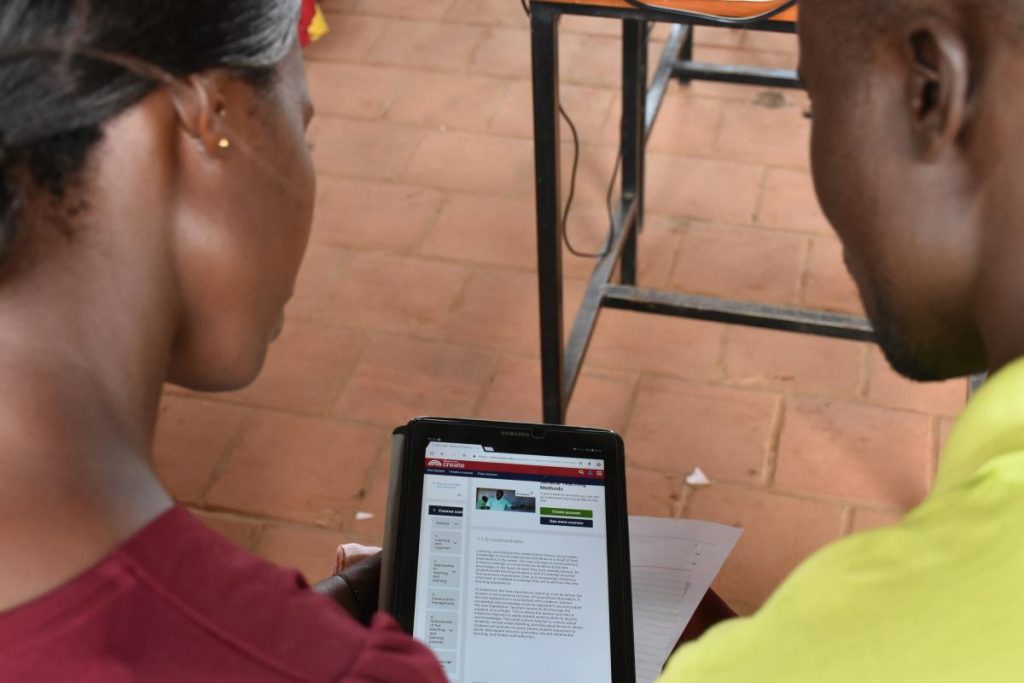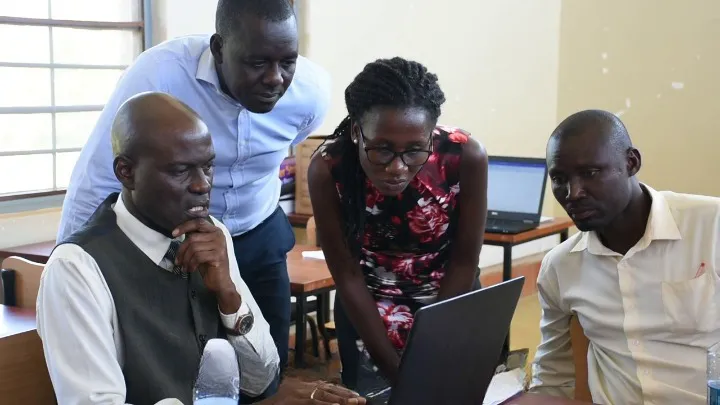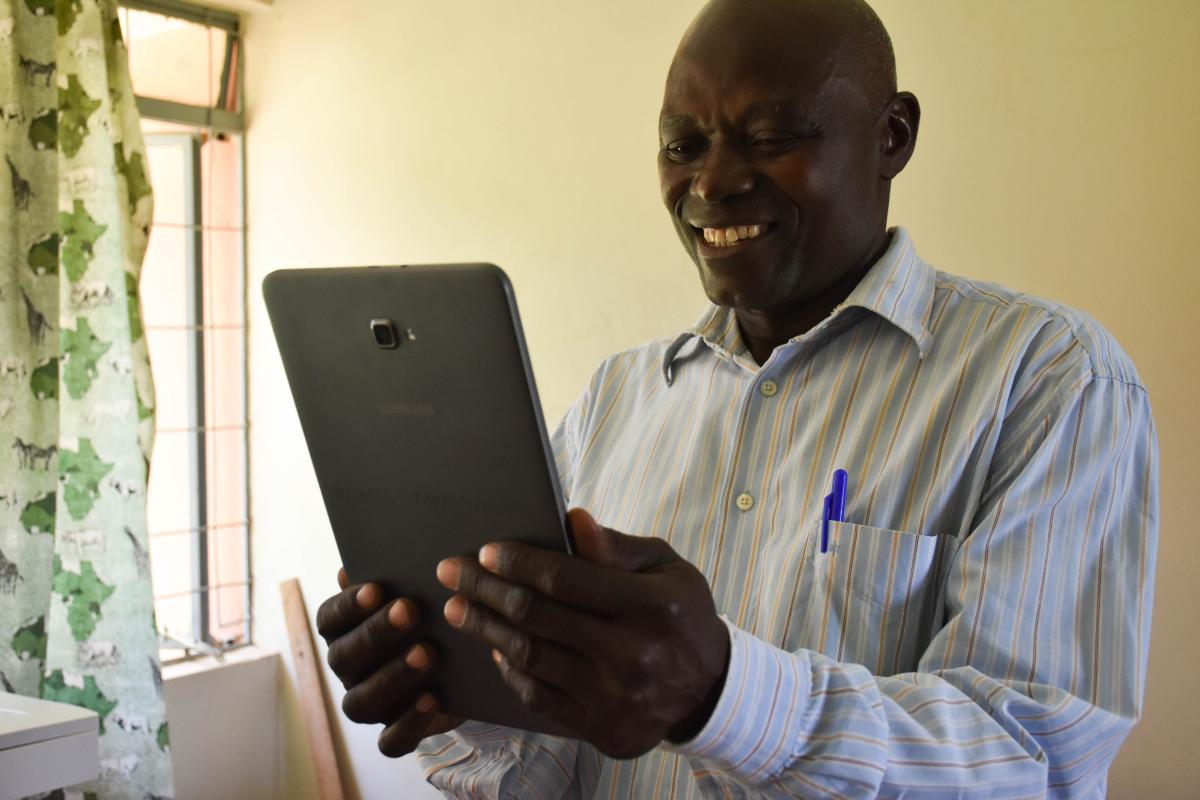The Ministry of Education has introduced a new digital inspection tool aimed at reducing absenteeism among headteachers and teachers in public schools, a problem costing taxpayers Ugx1.5tn.
Frances Atima, the Director of Education Standards and Quality Assurance, stated that the new system, known as Teachers Effectiveness and Learner Achievement (TELA), aims to provide real-time information and a comprehensive picture of school activities.
“The system uses a time-on-task Performance Management System to monitor real-time attendance of teachers and headteachers using a smartphone with Global Positioning System and biometric features,” explained Atima.
Besides tracking absenteeism, TELA will also monitor timetable implementation by providing information on which lessons are being taught in each school.
Teacher absenteeism remains a significant challenge to Uganda’s education sector and is one of the primary contributors to low learning outcomes in public schools. Teachers are required to be present at school from 8 a.m. to 5 p.m., Monday to Friday, excluding public holidays, regardless of their teaching schedule. However, many teachers do not comply, with some showing up only for scheduled lessons and others not appearing at all.
According to the World Bank’s 22nd Edition of the Uganda Economic Update, published on February 2, 2021, 23.3% of public school teachers were absent during a survey, and 52.3% were not teaching in the classroom. The report also revealed that teacher absenteeism costs Ugandan taxpayers a staggering Ugx1.5tn. Chronic absenteeism compromises education quality and reduces spending efficiency.
Reducing teacher absenteeism, as TELA seeks to do, would save the government money and improve education quality in Uganda. The current inspection system, which relies on School Management Committees and headteachers as primary inspectors, has been deemed ineffective by experts due to poor attendance by headteachers.
How Does TELA Work?
TELA works by equipping headteachers with a smartphone, enabling them to enroll the facial features and fingerprints of confirmed teachers and upload the school’s timetables into the system. Every morning, teachers are expected to register their presence, with the system using facial recognition to clock them in. The same process applies when they exit.
The system replaces the traditional attendance book, which some teachers manipulated to reflect higher attendance rates or cover up absences. After signing in, the system displays the teacher’s lessons for the day. When teaching time begins, the headteacher visits each class to update the system on which lessons are in progress.
The GPS-based system ensures that individuals physically visit classrooms, preventing headteachers from inputting information from a stationary location, thus prompting them to fulfill their responsibilities.
TELA will also generate reports to help district officials track attendance and promptly address issues. To ensure headteachers, district officials, and other stakeholders can use the system effectively, the Ministry of Education and Sports has organized region-by-region training sessions.
Challenges and Feedback
Patrick Kaboyo, an education consultant, appreciates the new tool but believes it won’t solve the issues arising from inadequate inspection in schools. He suggests that learners, parents, and the community should be empowered to play a role in the initial inspection process before incorporating technology.
Kaboyo also points out challenges such as the lack of electricity in many schools and poor internet coverage in rural areas, which could hinder smartphone use.
Atima acknowledges these challenges stating that the Ministry is in discussions with telecom companies to find solutions for unconnected areas, handling each case individually. She clarified that TELA is not intended to replace physical inspections and that its data won’t be the sole basis for decisions. Instead, it will guide inspectors, and absent teachers will be required to provide explanations before any action is taken.
Pilot Testing and Rollout
In 2019, TELA was pilot-tested in about ten districts in Eastern Uganda, covering over 920 primary schools. Although the Ministry planned to roll out the system, it was put on hold due to the lack of a ugx5.2bn allocation at the time.




